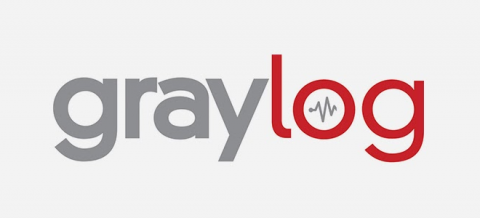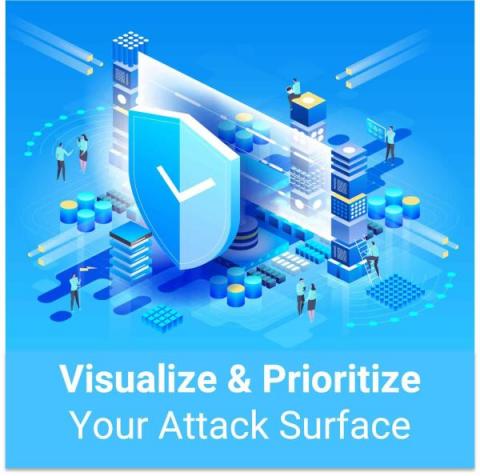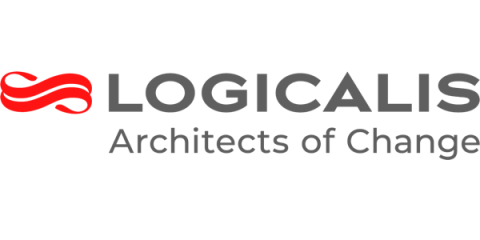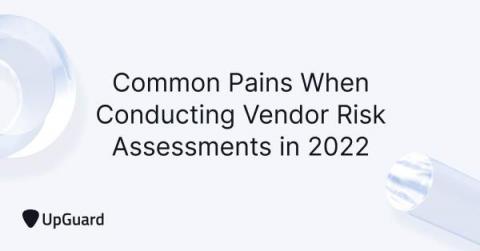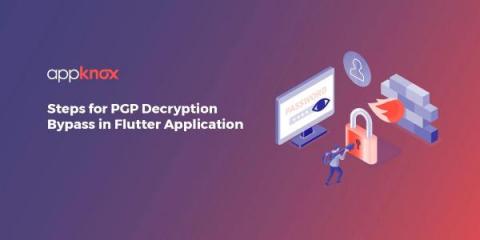Security | Threat Detection | Cyberattacks | DevSecOps | Compliance
Latest News
How to Achieve Network Infrastructure Modernization
A Framework to Simplify Cybersecurity
When a business concept is born, building out a tech stack based on cybersecurity is not always the first item of concern. The need to simplify cybersecurity often comes later in the growth phase of a business. Start ups are well-known for everyone on staff pitching in in different areas. Technology, software purchases are often based on last minute needs, lowest costs, etc. It is often assumed that security is covered by the manufacturers of the chosen technology.
C-Suite Reporting with Log Management
Why Attack Surface Assessment Tools Are Vital According to Gartner
Attack Surface Assessment tools enable information security teams to look at their organizations “outside-in” from the attacker’s point of view, prioritizing the issues that attackers will see first.
Logicalis target digital-first leaders with launch of managed Intelligent Connectivity service
Top 3 Vendor Risk Assessment Frustrations - Can You Relate?
The vendor risk management process is now an essential requirement of all cybersecurity programs. Without it, you're a sitting duck for supply chain attacks and third-party data breaches. In recognition of this, regulatory bodies are increasing their third-party risk compliance requirements and enforcing obedience by threatening heavy financial penalties for non-compliance.
Next CISO headache: Vendor cyber insurance
Cyber insurance coverage? Through the roof these days. Also, coverage is not that easy to get. The many breaches and the dollar judgements handed down make cyber insurance another costly operating investment. A mid-sized client of mine, as an example, pays $1 million in annual cyber insurance costs just to do business with its commercial and government customers. The issue adds another twist to the topic of third-party risk.
Tip: Use passphrases when you need a secure but easy-to-type password
While 1Password is usually there to autofill your passwords, sometimes you still have to manually type them in.
PGP Decryption Bypass in Flutter Application
During the assessment of one of the financial applications built upon the flutter framework, we came across that the application was using PGP encryption for encrypting the API requests. It is pretty common for financial applications to be implementing traffic encryption, with AES seen to be the preferred algorithm for encrypting traffic. There is plenty of research already available on decrypting AES encrypted traffic.




